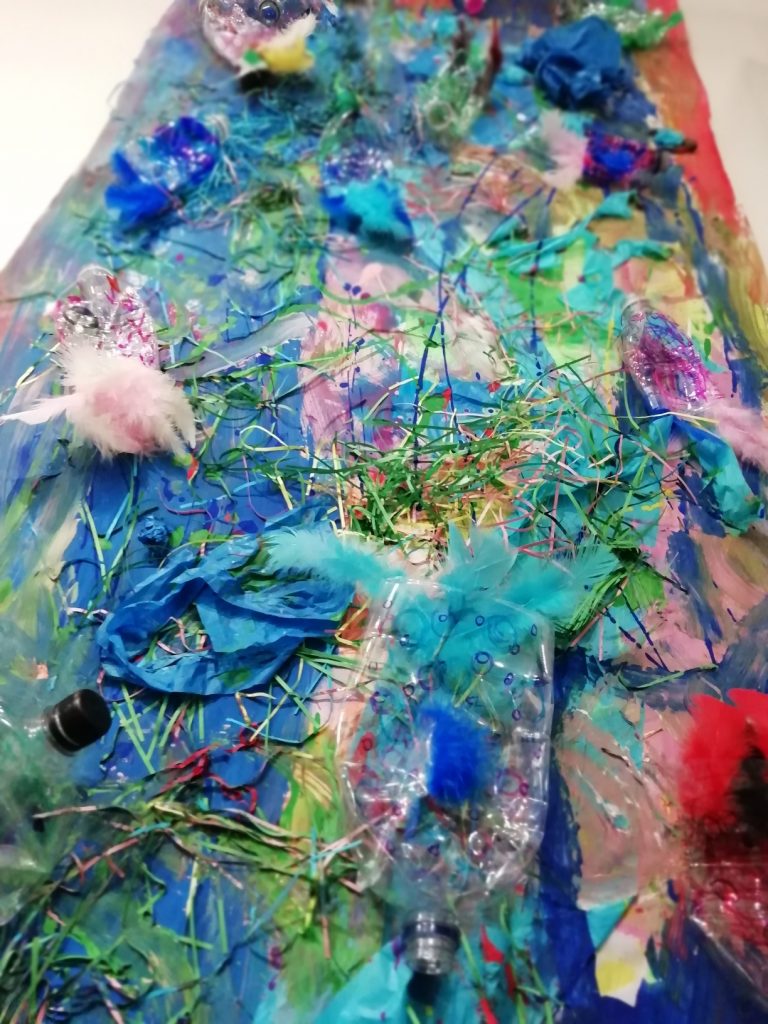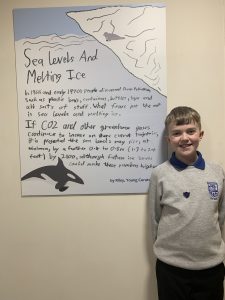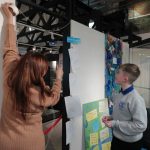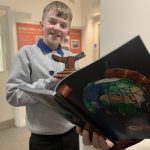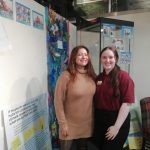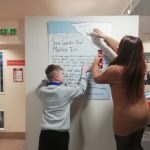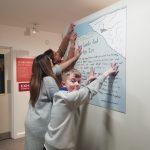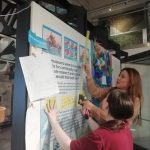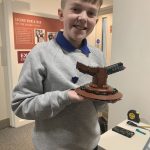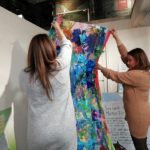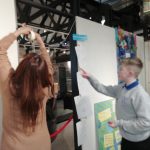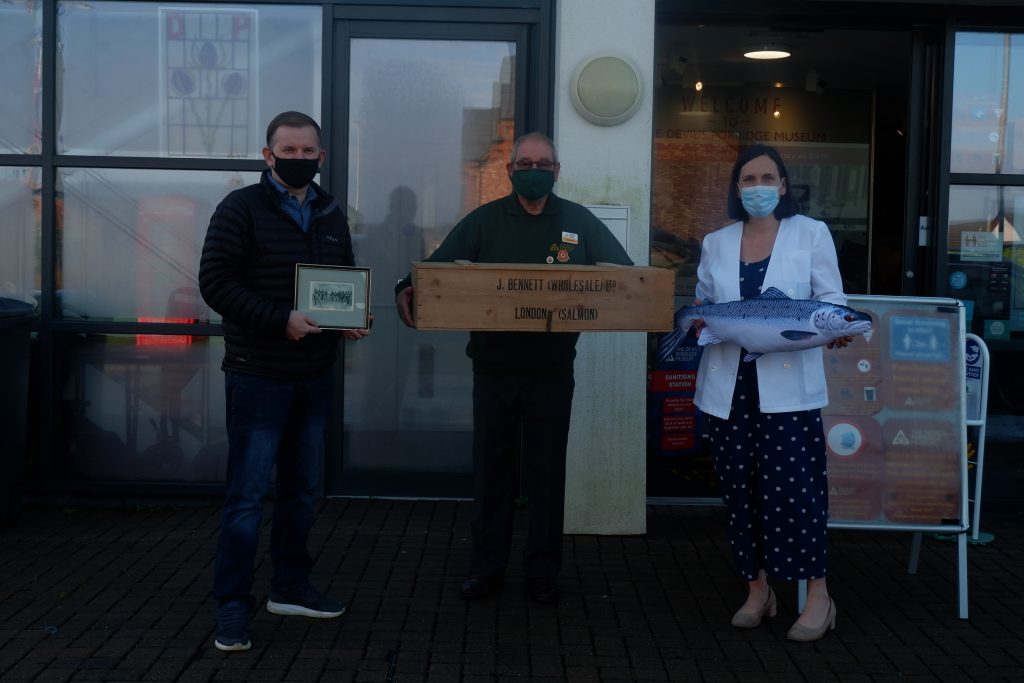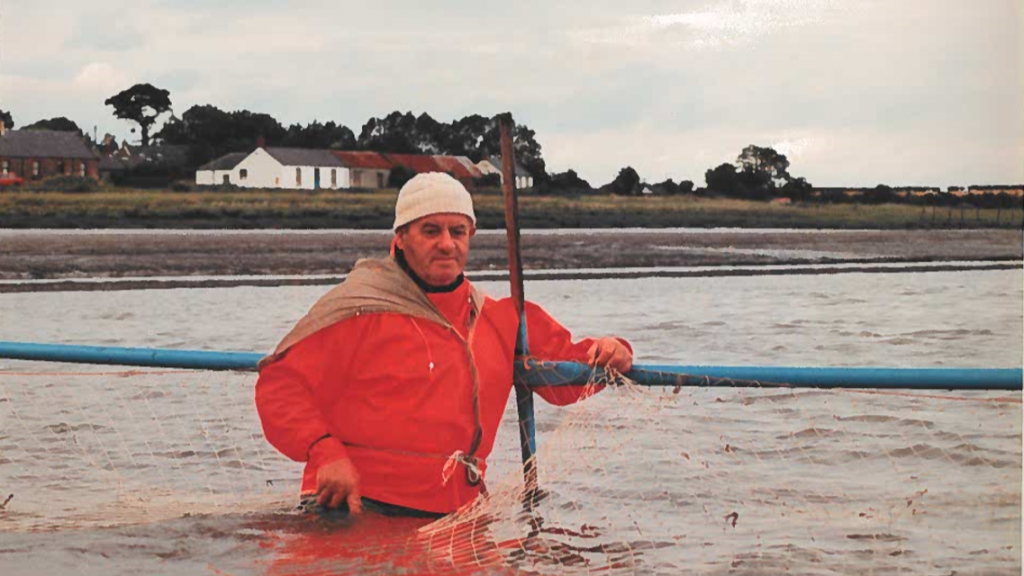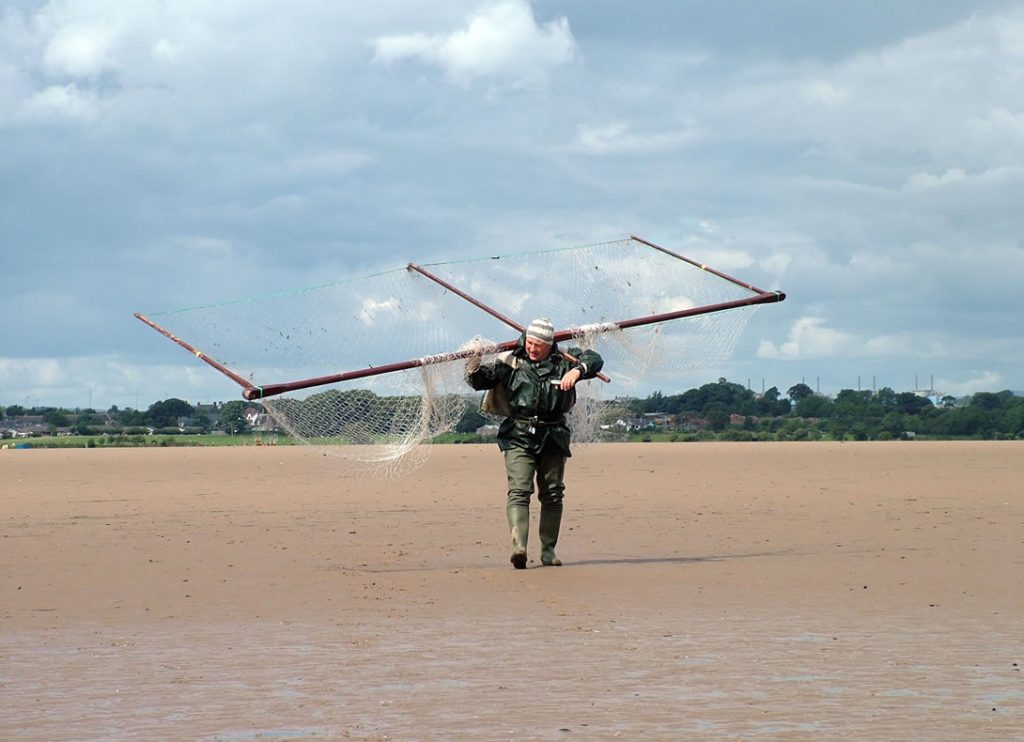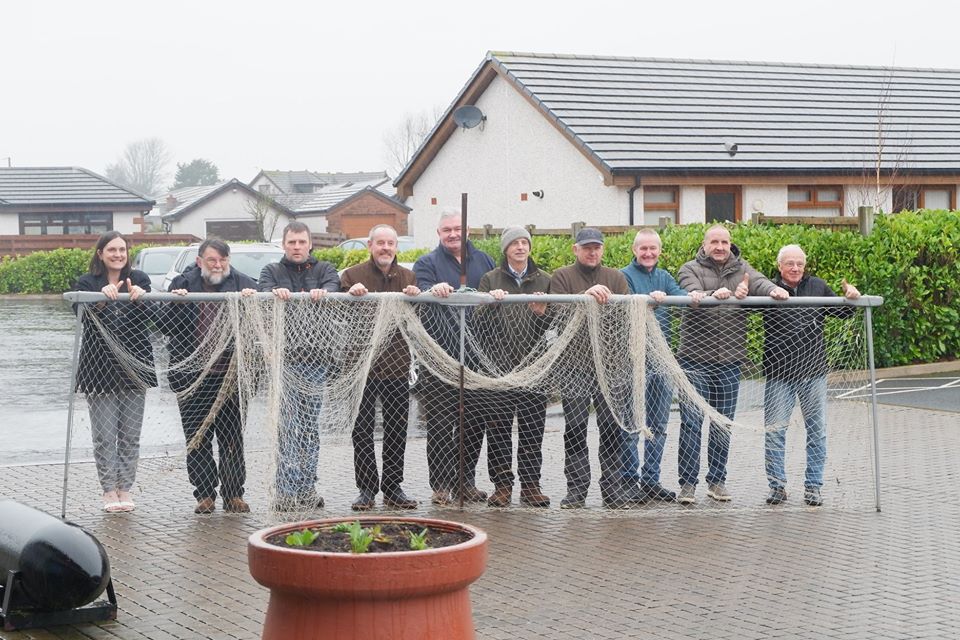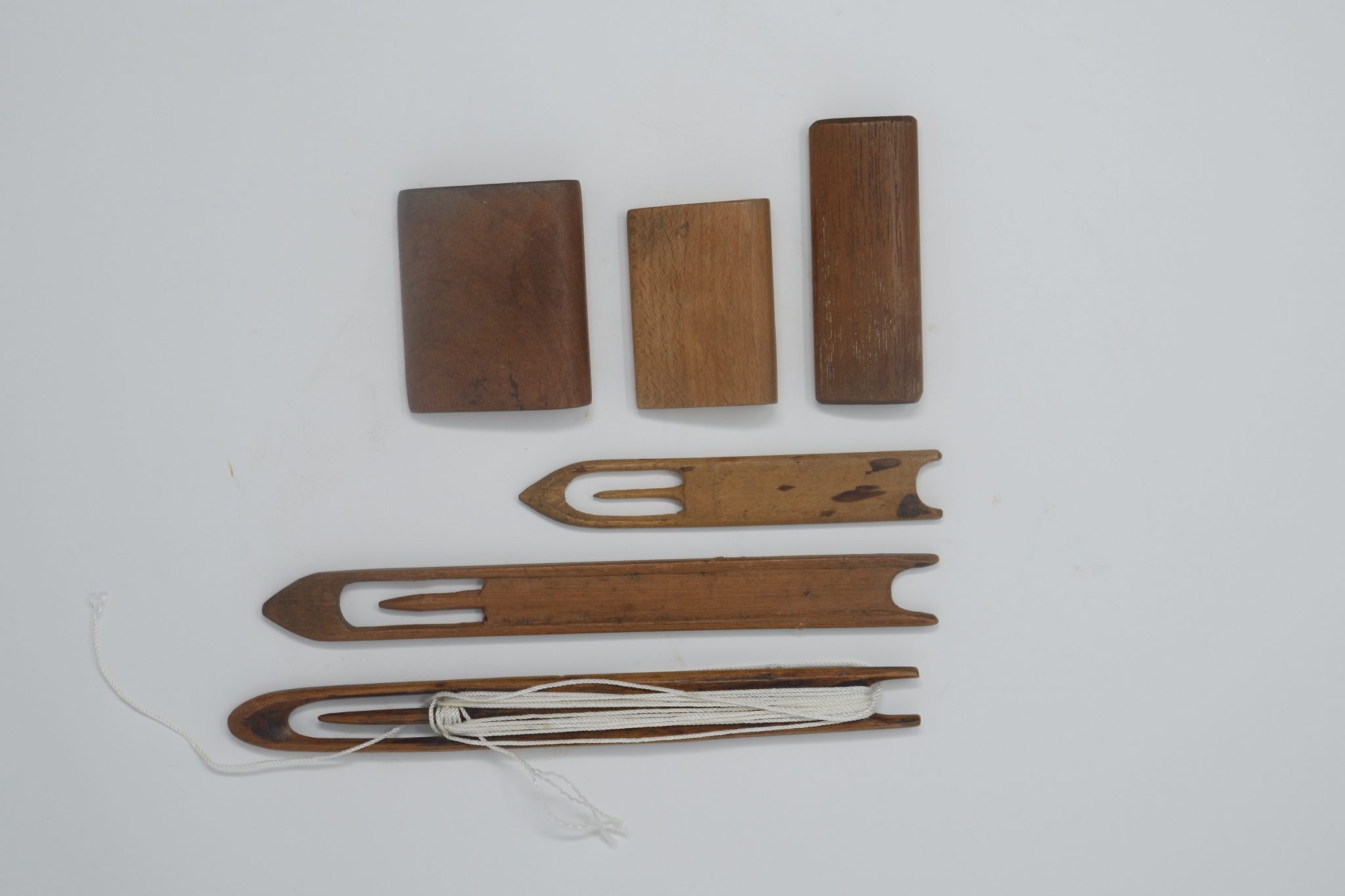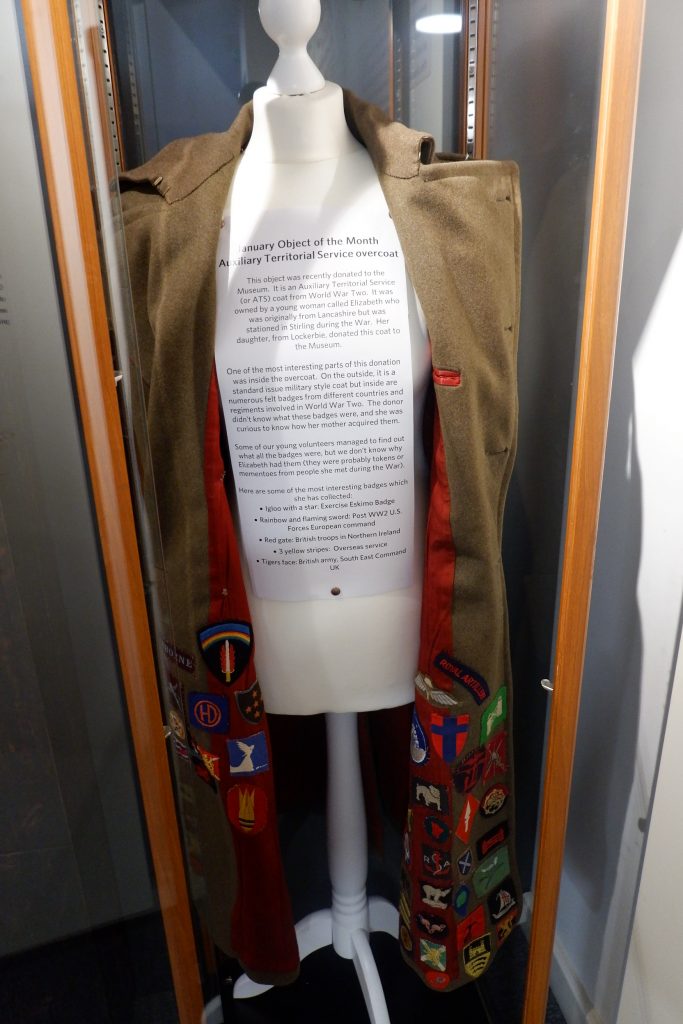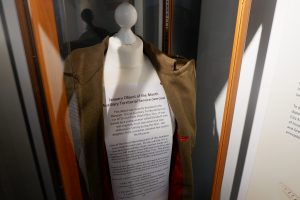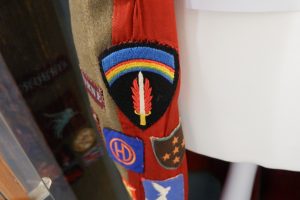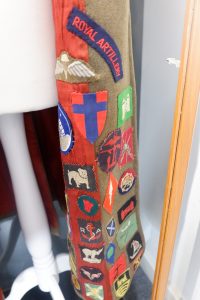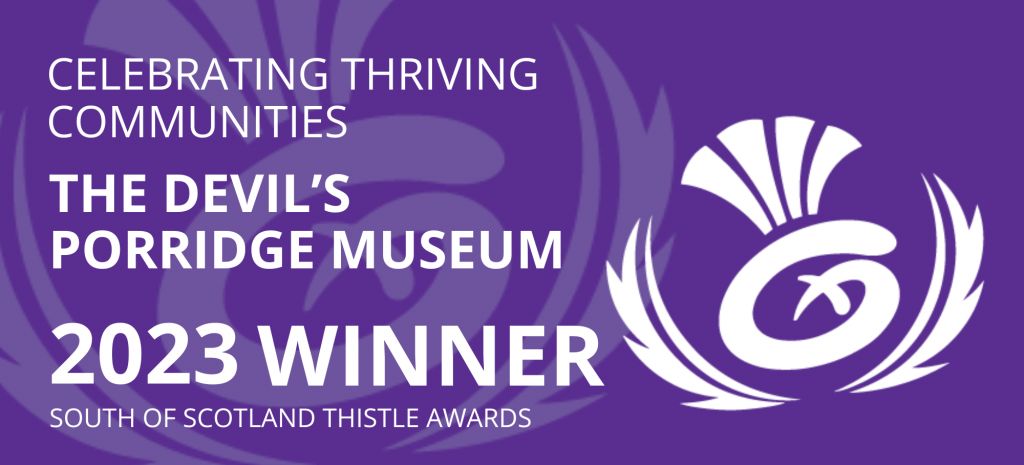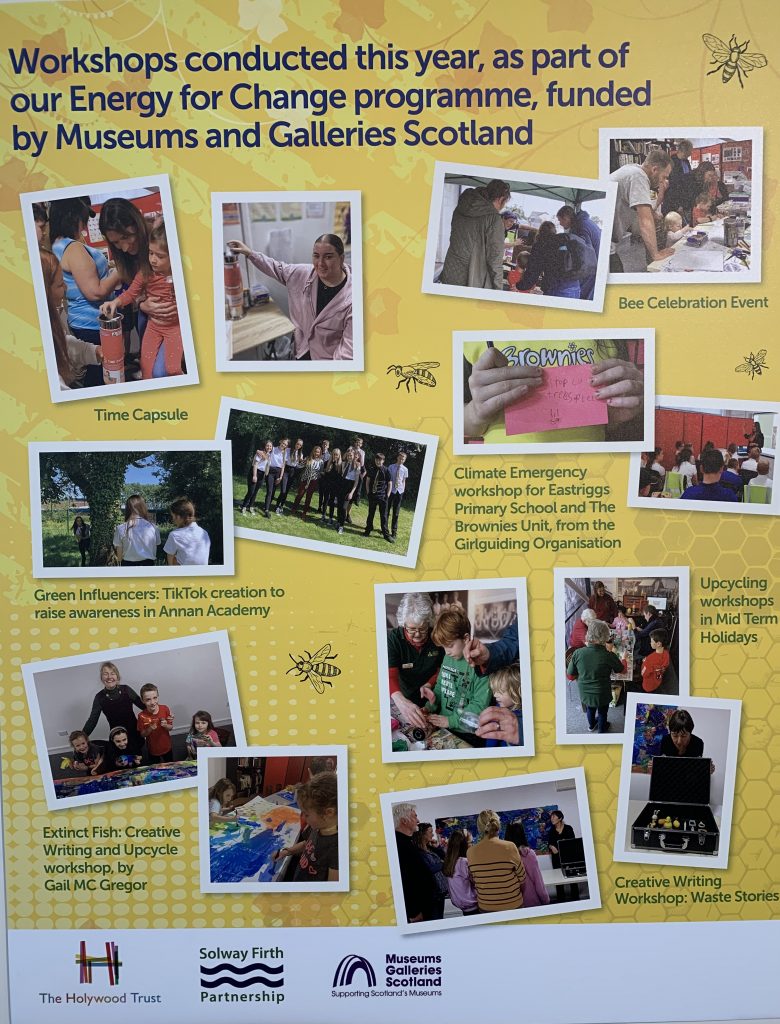
By Calum Boyde
Youth Council Member
Earth Day happens annually on April 22 and raises awareness of environmental issues and concerns while driving positive change in the world. Earth Day is themed this year as Planet Vs Plastic, to promote a reduction of all plastic by 60% by 2040. Here at the museum, we are doing our part in saving the planet.
We currently have a temporary exhibition running in the museum called Energy for change. It’s all about how the museum can change to be more environmentally friendly. We have worked with the community on various events to do with this project.
At the museum, we invited Lorraine Johnston, a community champion, who was joined by her beekeepers team and young volunteers and delivered events on wax painting, honey wax candle-making and providing information stands and local honey tasting sessions.
Fish in danger of extinction was a creative writing and upcycle workshop from Gail McGregor. This event took children imagination to the bottom of the ocean to find extinct fish fossils. The children was tasked to write a story of a fish and through recycled plastic bottles produced art on how the fish may have looked like. The art from this event is currently part of our temporary exhibition.
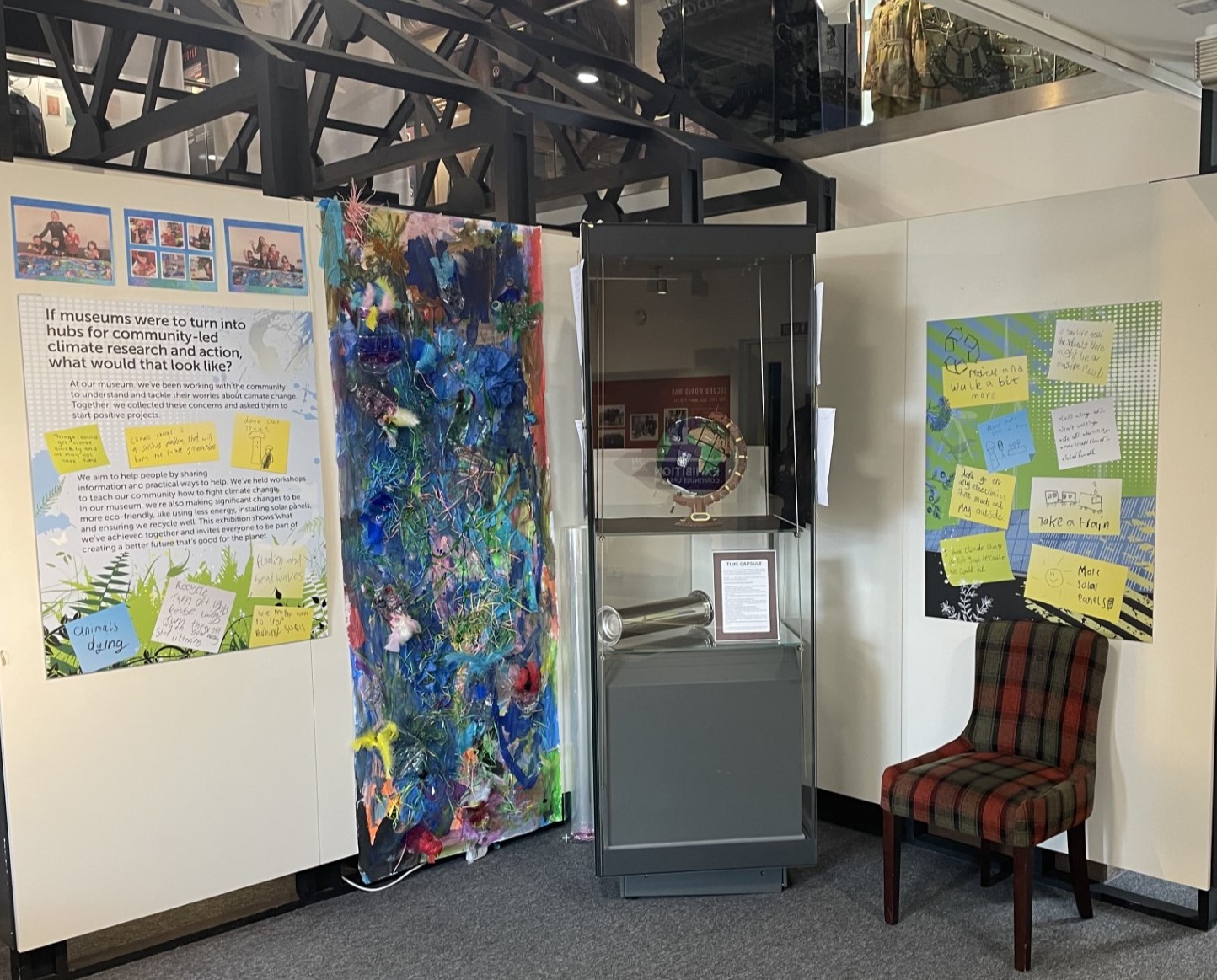
Our exhibition panels were printed utilising biodegradable materials, while non-biodegradable materials, like the Lego Planet seen in the exhibition, can be reused in future projects. The museum switches off lights and most electronic devices after closing to reduce energy consumption. Solar panels have recently been installed to further reduce energy consumption.
Recycling program has been set up using recycling bins for cardboard, paper, plastic, metal cans and glass as well as reusing of cardboard, plastic and glass in crafts and exhibitions. To reduce the museum carbon footprint further, the museum has partnered with local businesses to supply most of the cafes food. The museum also has a garden that supplies the cafe with fruits, vegetables and herbs for us. The cafe now offers vegetarian options on the menu.
These activities are part of our Energy for Change project, funded by Museums and Galleries Scotland. We are currently working on climate change policies to continue improving our environment.

